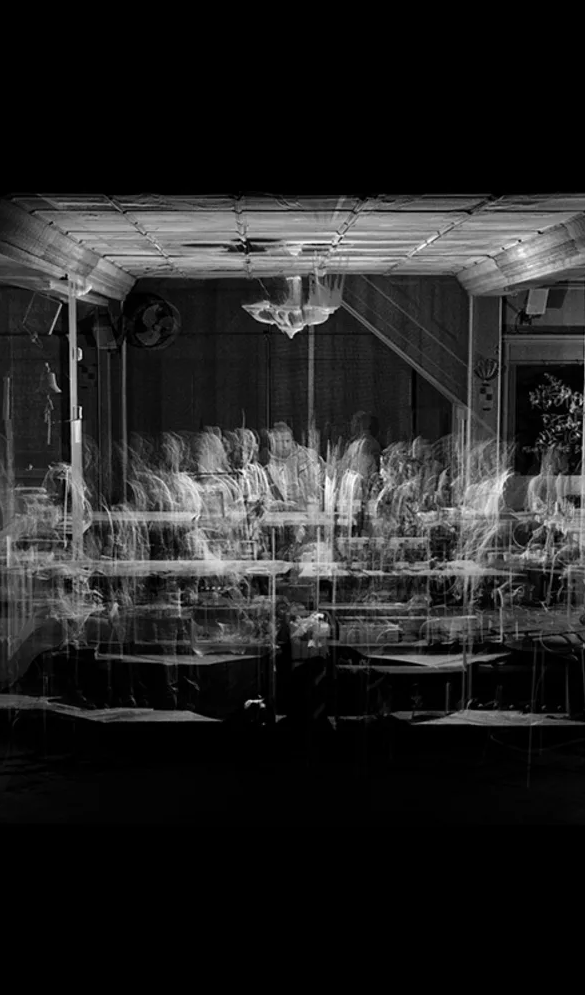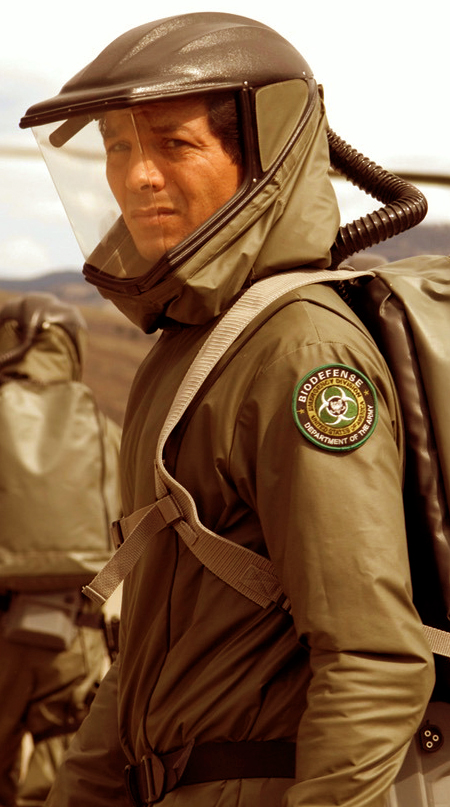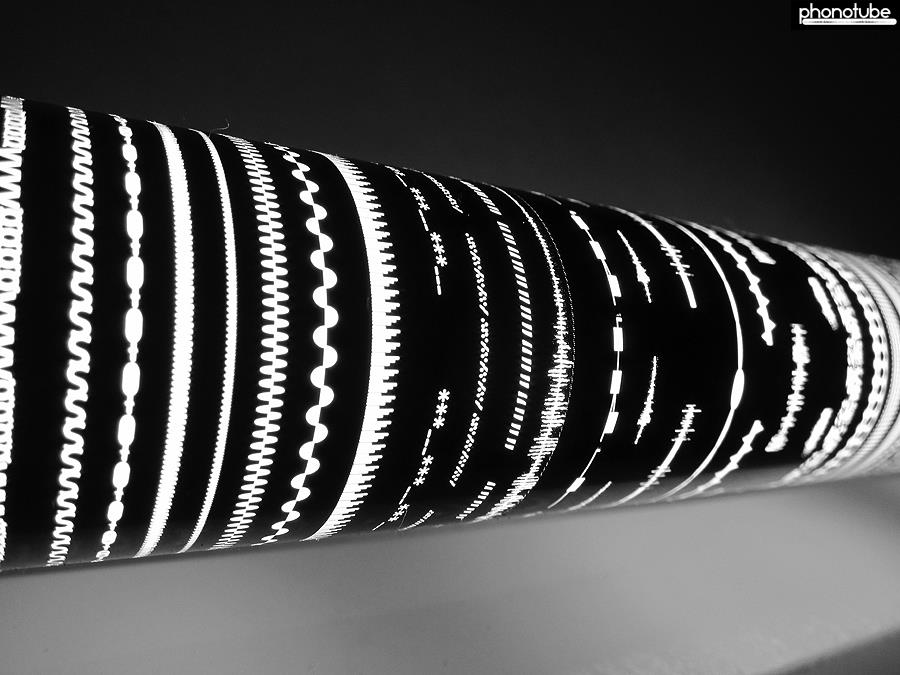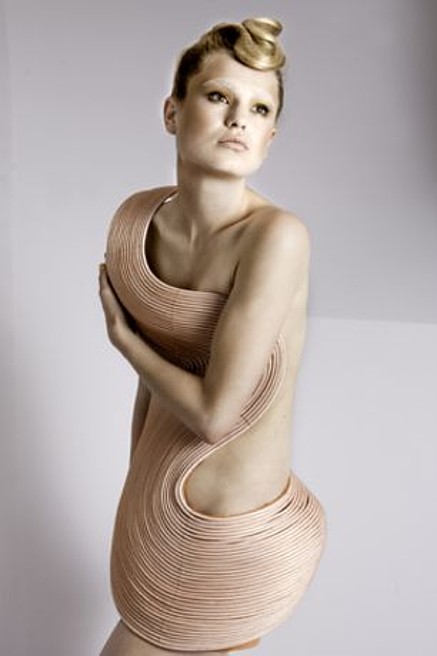Phonotube
Phonotube are experimental instruments for live audio visual performance, constructed as Luminous instruments and sound sequencers, that use fluorescent lamp tubes and LED strips, as light sources. The tubes are covered with negative ofsset, printed with sound patterns that spin at variable speed. The oscillation from the light emitted by these patterns is transduced to sound, processed by light excitation, a variety of electronic circuits as pre-amps with photo-cells and phototransitors, voltage control oscillators, relays, Filters, 1bit attiny85 micro controler. The technological principle is based on the photophone, patented by Graham Bell and inspired by audio visuals experimenters as Norman Mclaren,that used the optical sound technology of Film. In the history of the invention of electronic sound instruments, the study of light and its behavior as a particle or wave, and its application to sound processes, had a relevant position and is currently, one of the areas of scientific research with the greatest potential in human communication.
















